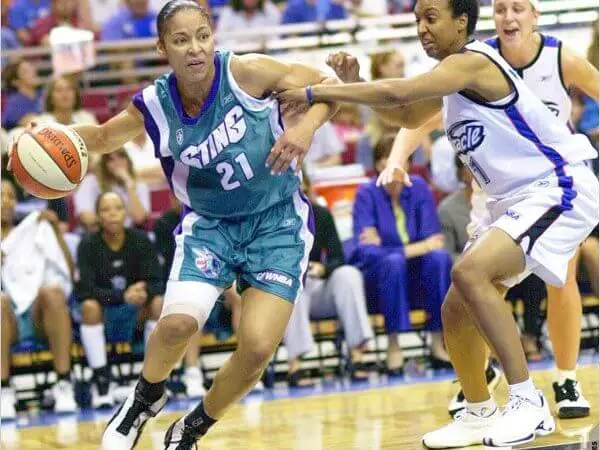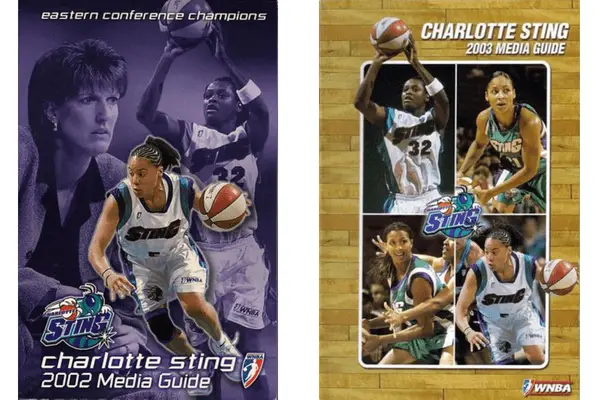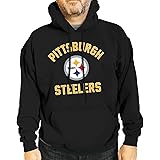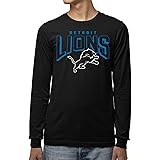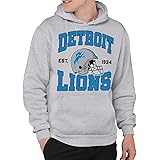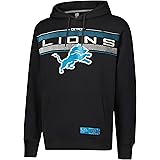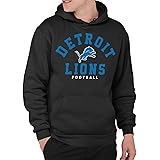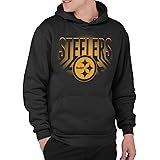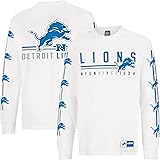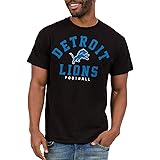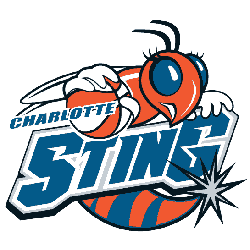
Established
1997
City
Charlotte
League History
1997 – 2007 / Women’s National Basketball Association
Team History
1997 – 2007 / Charlotte Sting
Nickname
Sting – The Charlotte Sting is one of the most iconic teams in the WNBA and has a rich history. The team was founded in 1997 and has been an integral part of women's basketball. But what many fans may not know is that the team's nickname has some exciting origins behind it.
When first established, Charlotte wanted to create a unique identity for their franchise that fans worldwide would instantly recognize. They named their team after something that embodied power and grace to achieve this goal: A stingray!
Stingrays are potent creatures with razor-sharp tails capable of delivering painful stings when provoked - just like how any successful sports team needs to be able to defend itself against its opponents on the court or field! On top of this, these graceful sea creatures also display beautiful acrobatic maneuvers while swimming through water, Just like any great athlete should move while playing their sport! This combination made them perfect candidates for naming rights as it perfectly encapsulated everything Charlotte wanted from its new mascot: Power + Grace = Stingrays = CHARLOTTE STING!
Charlotte’s decision paid off as, over two decades later, “The Sting” remains one of the most popular franchises in women’s basketball today – proving that sometimes even small decisions can make huge impacts down the line if done right! So next time you hear someone mention “The Sting,” remember why it was chosen back then so many years ago…because no other creature could better embody everything we expect from our athletes than a mighty yet graceful stingray does today!
Championship
WNBA Championships 0
Arena
2006 / Time Warner Cable Arena
1997 – 2005 / Charlotte Coliseum
Owner
1997 – 2007 / Robert L. Johnson
- 1997
- 2007
-
Sting Team Creations
The Charlotte Sting was one of the eight original WNBA franchises that began play in 1997. The Sting was then the sister team to the Charlotte Hornets. The Sting finished their first season with a 15-13 record and qualified for the first WNBA playoffs but lost to eventual champions Houston Comets in the one-game semifinal. -
End of the Charlotte Sting
On December 13, 2006, Bobcats Sports and Entertainment turned ownership of the team over to the league, citing low attendance in Charlotte (despite a new arena) and loss of revenue. An investment group in Kansas City had an interest in moving the Sting to Kansas City. The Sting were to play in the Sprint Center, which was due to open ...
To qualify as the greatest player for this team, the player must have played one season for this team. If not, we will remove the player.
* verifies that player has played for this team as an added player by a fan.
History of the Sting
The Charlotte Sting was a professional women's basketball team that played in the Women’s National Basketball Association (WNBA) from 1997 to 2007. The franchise was one of the original eight teams when the WNBA launched and competed in seven playoff appearances during its 10-year run. Founded by NBA legend Michael Jordan, who also owned part of the team, they were based out of Charlotte, North Carolina, and played their home games at what is now known as Bojangles Coliseum.
The Sting had some success early on with two trips to Eastern Conference Finals in 1998 and 2001 but never made it past this stage into a championship series. They featured many talented players, such as Allison Feaster-Strong, who led them to four consecutive winning seasons from 2000-2003 while averaging over 15 points per game each year and being named an All-Star twice during her tenure there. Other notable names included Dawn Staley—who later became head coach for Temple University—and Andrea Stinson, who earned multiple all-star selections throughout their time playing for Charlotte before retiring after the 2005 season, respectively, due to injuries or age-related issues.
Overall, although they didn't achieve great success like other franchises have since then - especially those located within major cities -the legacy left behind by former members still resonates among local fans today, which can be seen through various fan clubs dedicated solely towards preserving history surrounding this once proud organization that served as inspiration for future generations looking break barriers within sports world itself regardless gender or race differences.
Sports Fan Products
Retired Number
32 / Andrea Stinson
*Blue is this team’s history

